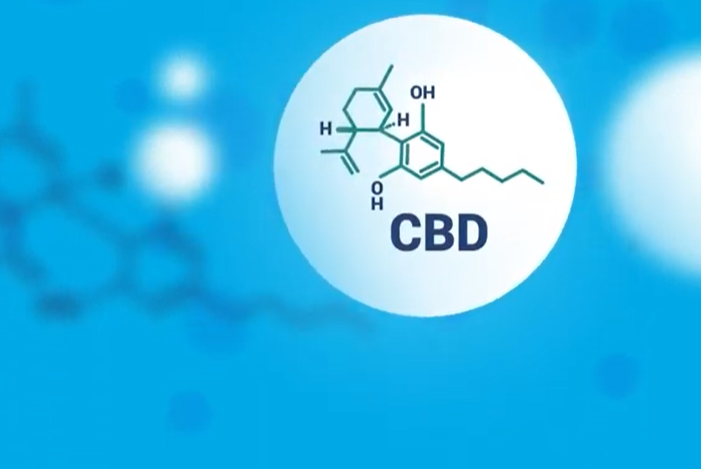|
|
|
5 Successful Purification Techniques
Essential Oils &
Plant Compounds
|
|
|
|
Leveraging Existing Technology for Cannabis Oil Processing Industry
For decades countless industries from the food and beverage to pharmaceutical and other biotechnology sectors have relied on polymeric adsorbents and ion exchange resins to purify and separate solutions to get their product to market.
It is no wonder that the cannabinoid manufacturing sector is now leveraging these effective processing technologies to get an edge on the competition for cannabinoid production to increase quality and yield gains to stay competitive in the booming marketplace. Below are ways to simplify operations with these proven technologies to get the most out of your production.
1. CBD Purification with Chromatographic Separation
To comply with regulations, it is critical to have a solution that you can trust to ensure precise levels of THC remediation. The simplest and often most effective technology of choice is chromatography. With lab-proven results and a product that doesn’t burn off your product yield, chromatographic separation provides high-quality separation with good retention of the terpenes, CBD and other minor cannabinoid profiles.
Read More
2. Heavy Metal Removal with Weak Acid Cation Exchange
In an initial distillation phase after winterization, heavy metals extracted along with cannabinoids become trapped within the distillation equipment and can cause fouling, also known as coking. The coking leads to a loss of heat transfer, and heavy metals may also catalyze the degradation of cannabinoid species during distillation.
Read More
3. Pretreatment with Guard Columns
Chromatography columns are often the workhorse of a CBD oil processing facility, removing THC to the necessary levels for sale. These columns are also very susceptible to fouling from residual fatty acids or higher molecular weight lipophilic organics that carry over through the extraction.
Read More
4. Cyclization of CBD to THC with Solid Acid Catalysts
In areas where THC products are legal, sometimes it can be beneficial to create ∆8-THC from CBD isolate through cyclization. This process utilizes acid to convert CBD to ∆8-THC with high yield, often more effectively than extraction from a high THC plant strain.
Read More
5. Taste, odor, and color removal for aesthetic purposes with Adsorption
Extraction is often a non-selective process, taking both the good and bad from the plants. Some terpenes and flavonoids in the oil aren’t necessarily good for the overall aesthetics, and removal or reduction of some problem compounds is required. Depending on the polarity of the compounds in question, polymeric adsorbents or functionalized resins can be used to remove negative color, taste and odor forming compounds.
Read More
|
|
|
Purolite is a global manufacturer of resin-based technologies, supplying products for more than 40 years to the pharmaceutical, food & beverage, and other industries in need of high demand purifications.
|
|
|


